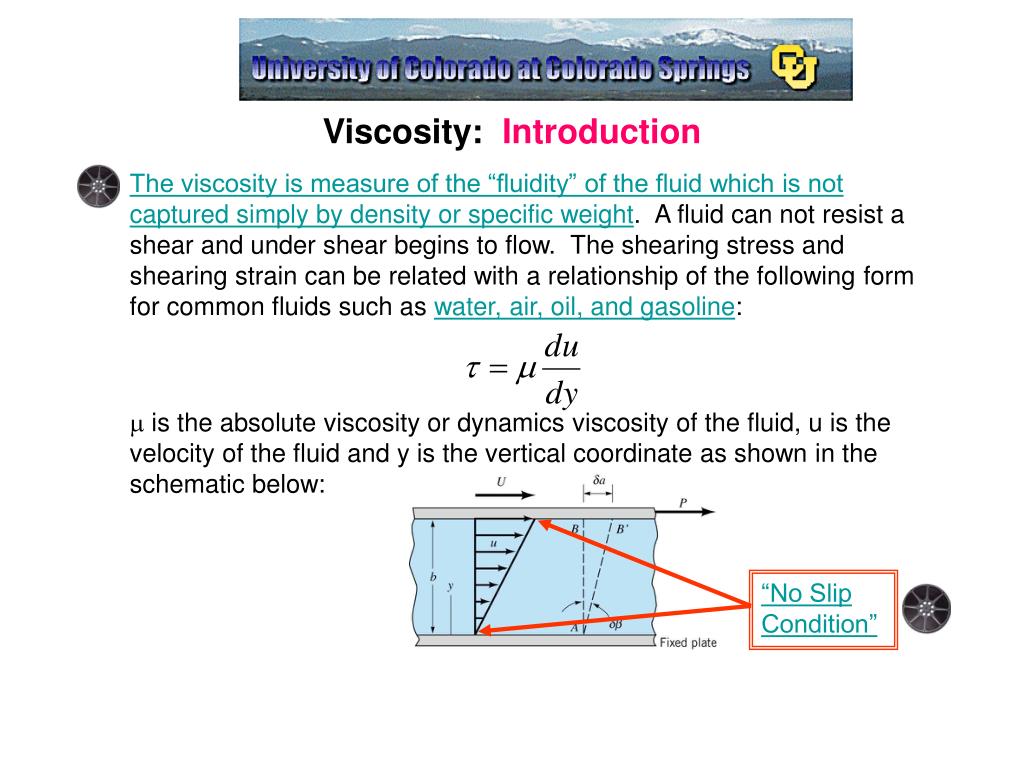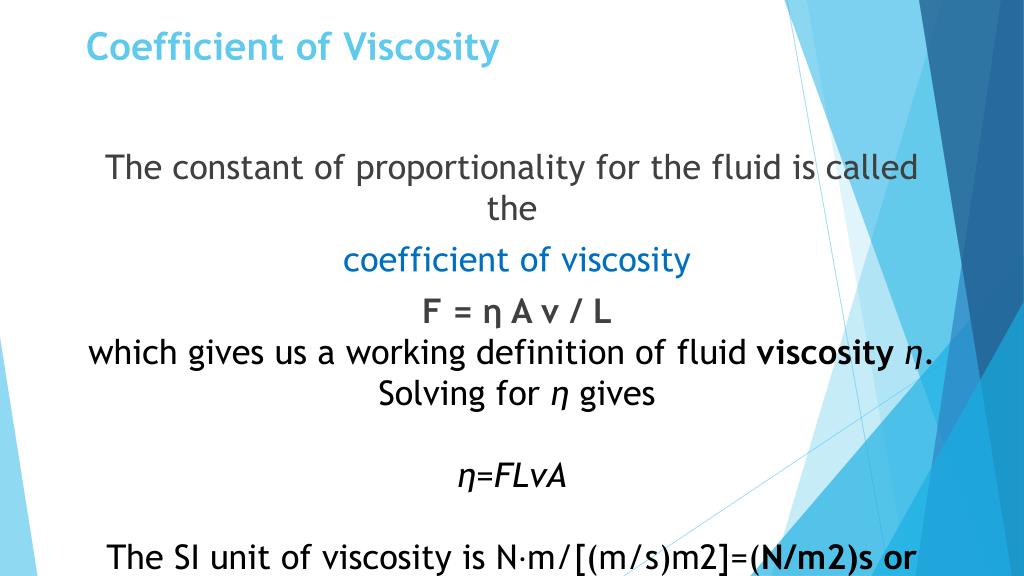
Our scientists contribute to industry knowledge by authoring papers in various technical publications. Intrinsic viscosity reflects the capability of a polymer in solution to enhance the viscosity of the solution. Intrinsic Viscosity (): The ratio of a solution’s specific viscosity to the concentration of the solute, extrapolated to zero concentration. Measured in stokes (St) or centistokes (cSt). Also known as the coefficient of kinematic viscosity. Kinematic Viscosity: The absolute viscosity of a fluid divided by the density of the fluid. Also known as coefficient of viscosity.Īpparent Viscosity: The value obtained by applying the instrumental equations used in obtaining the viscosity of a Newtonian fluid to viscometer measurements of a non-Newtonian fluidĭilute Solution Viscosity: The viscosity of a dilute solution of a polymer, measured under prescribed conditions, is an indication of the molecular weight of the polymer and can be used to calculate the degree of polymerization.
KINEMATIC VISCOSITY FORMULA AND UNIT MANUAL
These manual glass viscometers require the use of a Constant Temperature Bath in order to stabilize the sample temperature for measurement.Ībsolute Viscosity: The tangential force per unit area of two parallel planes at unit distance apart when the space between them is filled with a fluid and one plane moves with unit velocity in its own plane relative to the other. Most laboratory instruments use glass capillaries or "tubes".

There are several standardized capillaries in use. The more viscous an oil, then the longer it takes to flow via a capillary under the influence of gravity alone. Generally, measurements made using capillary viscometers rely on the relation between time and viscosity. The most common method for measuring kinematic viscosity is the use of a gravimetric capillary (Figure 1) that is usually temperature controlled at 40 ☌ and 100 ☌ for multigrade oils, and 40 ☌ for single grade oils. It appears Stokes and Poise got the same answer just in two different ways.Video courtesy of Ekeeda - Measuring Kinematic Viscosity If you divide kinematic viscosity by the fluid density, you get absolute viscosity. Thus, dynamic viscosity is a measure of force, while kinematic viscosity is a measure of velocity.

Kinematic viscosity incorporates fluid density as part of its measurement. This means the fluid’s weight or density helps it to flow. There is no external force pushing the fluid. It is the time it takes to have a known amount of fluid flow a given distance. The formula for kinematic viscosity is 1 centistoke (cSt) equals 1 millimeter squared per second (mm 2/s). This viscosity measurement was given the term kinematic. Again, centistokes (cSt) is used for easier readings.

These tests led to Stokes’ law and a different form of viscosity measurement. He tested this theory by putting fluid in a glass tube and measuring how long it took for the fluid to flow a certain distance. Stokes surmised there was some type of internal friction in the fluid causing the different rates of falling.

He discovered that the same particle sank at different rates in different fluids. Therefore, this type of viscosity measurement requires an external force in order to be measured.Ībout the same time Poise was performing his tests, an Irishman named Sir George Stokes was dropping particles into fluids and measuring how fast they fell to the bottom. Pascal is a unit of force just like horsepower. The formula for dynamic or absolute viscosity is 1 centipoise (cP) equals 1 millipascal-second (mPa-s). The term dynamic or absolute is used for this viscosity measurement. To make readings easier, centipoise (cP) is preferred for lubricant viscosities. This internal friction is measured by the force needed to make it flow and was given the measurement name of poise. This led him to conclude that different fluids have an internal friction which must be overcome by an external force in order to flow. Poiseuille found that different blood flowed at different speeds through the glass tubes with the same amount of force. This article explains the differences.Īround 1840, a French mathematician named Jean Leonard Marie Poiseuille conducted tests involving the flow of blood through small glass tubes. This resistance is measured by two different methods. The definition of lubricant viscosity is the fluid’s resistance to flow and shear. Viscosity is the utmost characteristic of a lubricant.


 0 kommentar(er)
0 kommentar(er)
